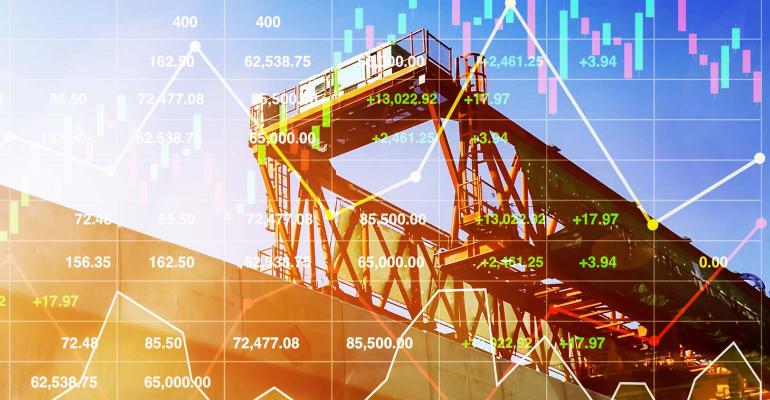Assets in U.S.-listed thematic ETFs have grown approximately five-fold since the beginning of the COVID-19 pandemic. According to Global X, the ETF industry offers more than 200 thematic ETFs that have a long-term growth focus, are unconstrained by geographies and sectors, and are tied to relatable concepts that impact daily lives. Collectively these funds manage $135 billion in assets. Unlike Vanguard Information Technology ETF (VGT) and Industrial Select Sector SPDR Fund (XLI) that hold companies in just one sector that are often unrelated to a long-term trend, thematic ETF holdings provide more precise exposure to companies benefiting from changes in consumer behavior, the physical environment and mobility.
The Infrastructure Investment and Jobs Act (IIJA) signed into law in November by President Joe Biden will provide a catalyst to some key investment themes beginning in 2022. The $1.2 trillion package includes $550 billion of new spending across a wide range of infrastructure areas that could transform the U.S. Some of the key areas include $121 billion to support roads, bridges, and highways, $66 billion for passenger and freight rail, $63 billion for water infrastructure, and $47 billion for public transport. Heading into the IIJA passing, infrastructure development themed ETFs such as iShares U.S. Infrastructure ETF (IFRA) and Global X U.S. Infrastructure Development ETF (PAVE) were popular in 2021 and the ETFs continue to look appealing to CFRA for 2022 based on our forward-looking star ratings.
Jay Jacobs, head of research and strategy at Global X, explained to CFRA that it could take years and potentially decades to have the government spending fully impact the economy. Over time, spending translates to revenues for contractors, engineers and consultants before eventually reaching component and equipment manufacturers and producers of materials. Indeed, it could take five years before half of the authorized federal spending would be allocated according to the Congressional Budget Office.
At 7% of overall car sales, electric vehicles are reaching an inflection point as consumers, auto manufacturers and governments accelerate the toward battery-powered vehicles. However, Jacobs noted that concerns about range, the hassle of charging, and high initial costs are the three top reasons people would not consider purchasing an EV for their next vehicle. Yet, in the IIJA, Congress dedicated $7.5 billion to build charging stations, which could boost the number of stations seven-fold to nearly 350,000. Meanwhile, the costs for EVs have declined in recent years due in part to lower lithium-ion battery pricing. However, underinvestment in lithium mining could slow EV adoption even as traditional manufacturers, such as Ford and General Motors, are investing billions of dollars to electrify their model ranges over the next decade. Amplify Lithium & Battery Technology ETF (BATT) and Global X Lithium & Battery Tech ETF (LIT) are two such diversified ETFs tied to the investment theme.
Agricultural technology, artificial intelligence, blockchain, digital payments and food innovation are among the other themes to watch in 2022, according to Jacobs. In a video of the discussion with CFRA, found on MarketScope Advisor as well as in Global X’s Charting Disruption report, Jacobs highlighted the research he and his team put together that shows how the convergence of several disruptive technologies is creating an unprecedented opportunity, while also upending many long-standing industries. At the same time, new generations of consumers with distinct preferences are rapidly changing demand for key staples such as food and health care. Thankfully, there are many asset managers offering diversified products tied to these investment trends that are worthy of consideration. These funds include Franklin Intelligent Machines ETF (IQM), Global X AgTech & Food Innovation ETF (KROP), and Invesco Alerian Galaxy Crypto Economy ETF (SATO).
Conclusion
CFRA thinks thematic ETFs, which gathered $46 billion of new money in the first 11 months of 2021, will remain popular in 2022. Our forward-looking star ratings on these ETFs combine holdings-level analysis with a fund’s relative performance record and costs to help sort through the universe.
Todd Rosenbluth is the director of ETF and mutual fund research at CFRA. Learn more about CFRA's ETF research here.





